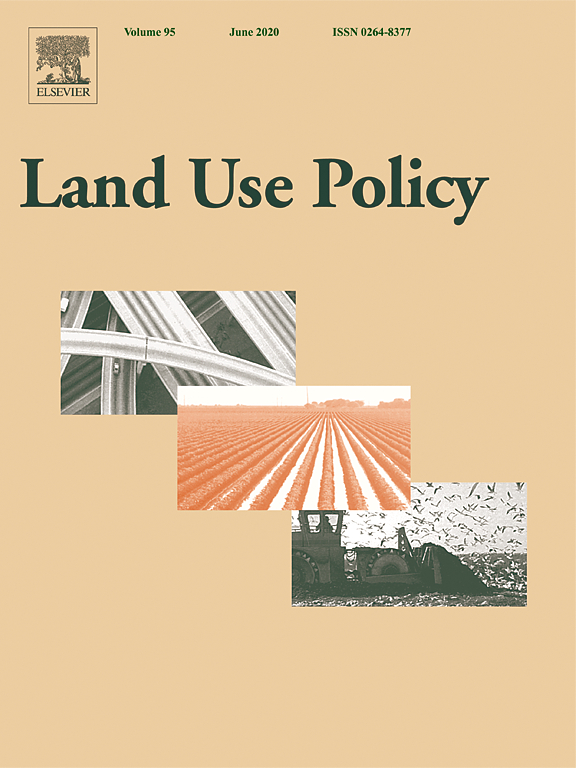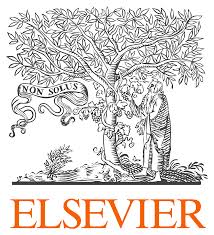Location
Land Use Policy is an international and interdisciplinary journal concerned with the social, economic, political, legal, physical and planning aspects of urban and rural land use. It provides a forum for the exchange of ideas and information from the diverse range of disciplines and interest groups which must be combined to formulate effective land use policies. The journal examines issues in geography, agriculture, forestry, irrigation, environmental conservation, housing, urban development and transport in both developed and developing countries through major refereed articles and shorter viewpoint pieces.
Land Use Policy aims to provide policy guidance to governments and planners and it is also a valuable teaching resource.
ISSN: 0264-8377
Members:
Resources
Displaying 26 - 30 of 279Environmental drivers and sustainable transition of dachas in Eastern Europe: An analytical overview
Dachas (collective gardens with summer houses in post-Soviet countries) is one of the most common features of peri-urban landscapes within the region that is the erstwhile USSR, with dacha conglomerates constituting half of the areas in the exurbs of major cities. In Belarus, Russia and Ukraine dachas largely preserved their original form and function. Arguably, they are at the turning point now, and can be further transformed sustainably if appropriate incentive structures will be created within national governance systems.
The relevance of sustainable soil management within the European Green Deal
The new European Green Deal has the ambition to make the European Union the first climate-neutral continent by 2050. The European Commission presented an ambitious package of measures within the Biodiversity Strategy 2030, the Farm to Fork and the European Climate Law including actions to protect our soils. The Farm to Fork strategy addresses soil pollution with 50 % reduction in use of chemical pesticides by 2030 and aims 20 % reduction in fertilizer use plus a decrease of nutrient losses by at least 50%.
Territorial differences in agricultural investments co-financed by the European Union in Poland
This paper identifies the relationship between an active use of EU investment support programs by Polish farmers, on one side, and the local conditions for socioeconomic development and natural and structural characteristics of agriculture, on the other. The research was illustrated by the example of Poland, a country with a remarkably fragmented and territorially heterogeneous agrarian structure.
Measuring environmental incomes beyond standard national and ecosystem accounting frameworks: testing and comparing the agroforestry Accounting System in a holm oak dehesa case study in Andalusia-Spain
The standard System of National Accounts (SNA) omits the costs of the environmental inputs from nature and the environmental fixed asset degradation from the national/sub-national natural working landscapes. The United Nations Statistic Division (UNSD) is currently drafting the standardization of the Experimental Ecosystem Accounting (EEA), as part of the System of Environmental-Economic Accounting (SEEA).
Farm size and smallholders’ use of intercropping in Northwest China
Intercropping, i.e. the cultivation of crop species mixtures, can potentially reduce pressure on land resources by generating higher yields through exploitation of complementarities between crop species. Although intercropping is practiced on a non-negligible proportion of China’s arable land, little is known about the factors that influence farmers’ decisions to use intercropping. In this study we develop a theoretical framework that distinguishes exogenous factors from endogenous factors in farmers’ activity choices in general and the use of intercropping in particular.




